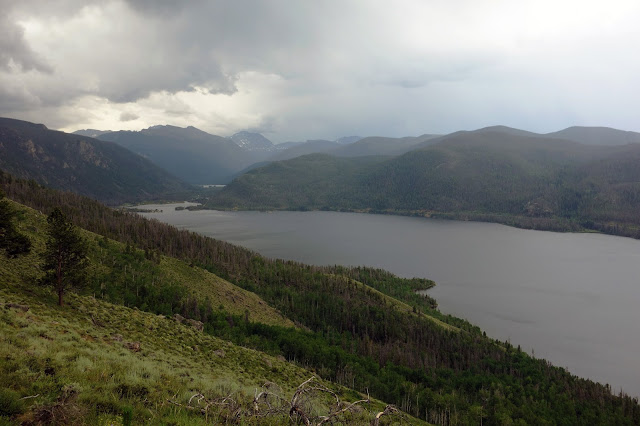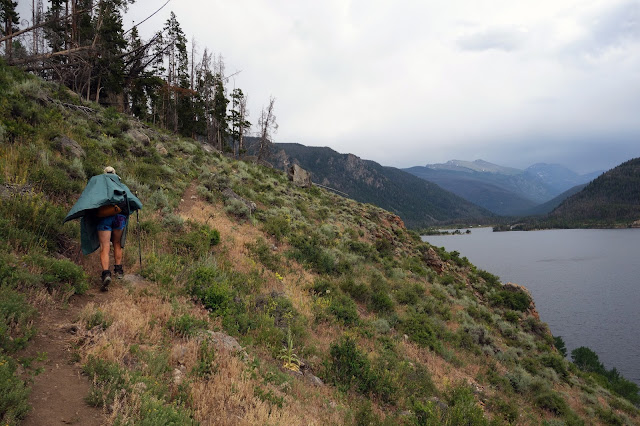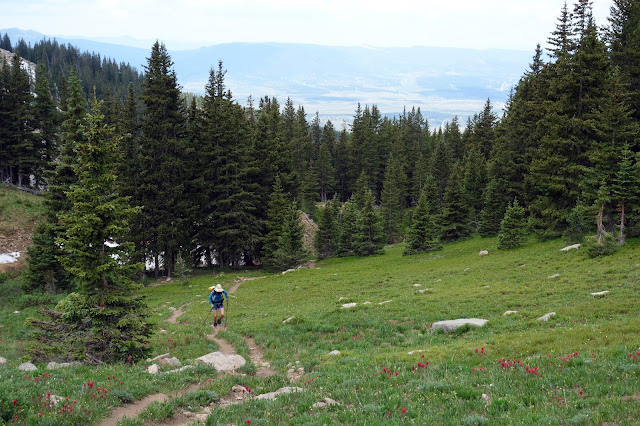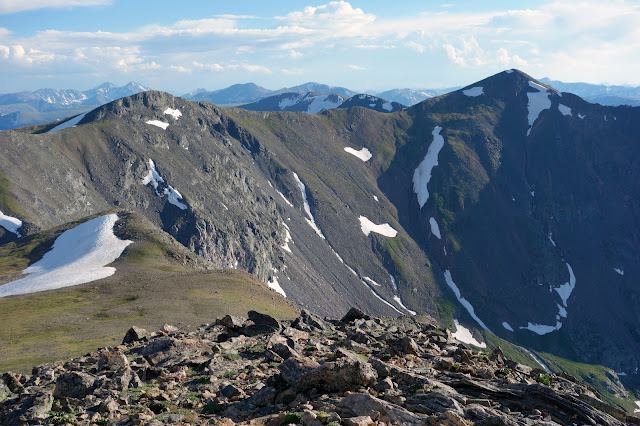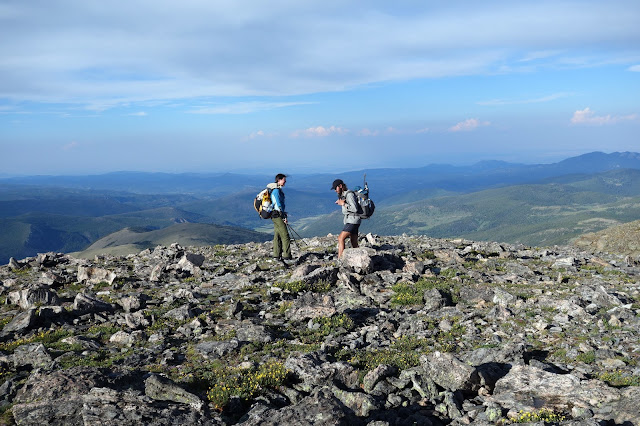Note: I write these update posts for my own records. I don't expect anyone else to find them interesting. So here's the TL;DR: I'm back to feeling not super great, and I want to spend a few paragraphs venting about it.
The past five months of Graves Disease treatment have felt like a rollercoaster of good weeks and bad, but there's been an overall arc that seems to be heading in the wrong direction again. My lab numbers would bear this out — the emoticons on these graphs illustrate my general state at the time:
T3 is the metabolically active thyroid hormone, and thus the one with the most influence on body functions. Symptoms of high T3 ("thyrotoxicosis") that I seem to experience are heat intolerance (always fun in the summertime), tremors, irritability, brain fog, elevated heart rate, muscle weakness, shortness of breath, and exercise intolerance. Currently my treatment includes a drug that blocks thyroid hormone production, along with some admittedly half-hearted efforts to avoid stressors and foods that are high in iodine or possibly inflammatory.
T4 is produced in the thyroid gland in much larger amounts than T3, then converted to T3 in the body. T4 tests are generally used to determine whether a patient has hyperthyoridism, and T3 tests determine the severity. My Free T4 has been been in normal range since April, but my general sense of well-being correlates better with the T3 chart. Still, these numbers would convince a doctor that I'm doing well. And I am ... only I've definitely been feeling that upswing. What felt pretty good in April doesn't feel as good in July — my perspective has shifted to yearn for those "good weeks," back when I could run the 25-mile Quadrock with ease and feel like I was breathing fire, not fumes.
My doctor reduced my anti-thyroid medication dose from 30mg to 20mg after May 12. I've requested re-upping that dose twice, and my doctor doesn't agree. Personally I would like to go back to where I was on May 12, and fear I will continue to head in the wrong direction.
Thyroid Stimulating Hormone is the test most often used to measure thyroid function, because it's easy to obtain. However, TSH doesn't affect any other organ besides the thyroid. This pituitary hormone has been likened to a thermostat — if your thyroid hormones are low, TSH tells your thyroid to turn up the heat. It will continue cranking up if your thyroid doesn't respond, which is why hypothyroid patients have high TSH. If the thyroid is already overproducing, TSH shuts off. In Grave's Disease, autoimmune disease antibodies inhibit TSH response, so unless I go into remission (this is the goal), my TSH will remain low. The fact that my body produced any TSH at all was a great sign — it meant I was responding well to treatment and my antibodies were diminishing. I'm also frustrated that this already tiny number is on its way back down.
Yes, it's possible that the physical and emotional stress of participating in the Bryce 100 on June 16 contributed to this downswing in health. However, my numbers were already changing before then. Summer contains other stressors — my allergy season, although thanks to ongoing allergy shots, I believe I'm feeling less impact from pollen this year. Sunshine, to which I'm also mildly allergic, and even ample amounts of SPF 50 or covering most of my skin doesn't always prevent breakouts of small blisters on my arms and legs. Heat, to which I'm particularly sensitive these days. Undue malaise, which has dogged me for mostly inexplicable reasons during summer since I was a small child, with the exception of the years I was in Alaska.
My experiences of "brain fog" also cause stress. This is usually noticed when I try to read something on a screen and continually lose my place, or attempt to write something and zone out, then catch myself staring blankly and feeling confused after unknown seconds or minutes. Once I dip into this foggy-headed zone-out pattern, it's difficult to be all that productive for the rest of the day. These were common occurrences during the winter, and they've started to happen again.
My most prominent symptom is still shortness of breath while exercising, and sometimes while doing simple things like walking around a store or climbing stairs. My heart rate also is affected by thyroid hormone swings. My resting heart rate dropped into the low 60s in May, but has climbed back into the 70s and 80s more recently. (Note: I usually check this in the afternoon. I need to get in the habit of checking first thing in the morning.)
When exercising, my heart occasionally begins to race at relatively low efforts — I've seen the 180s while jogging a 12-minute-mile, which is just ridiculous. It usually drops quickly, but afterward I continue to feel short of breath. When I compare heart rate stats to similar workouts from three or four years ago, my averages are notably higher now. (Earning me high suffer scores on Strava, and not much else.)
Efforts to take it easy from the start still leave me short of breath at moderate heart rates; it just takes more time to feel winded. The physical effects have taken much of the motivation and some of the joy out of activity. I go to the gym to lift weights even though I suspect my muscles are deteriorating again due to high T3 — if anything, I hope that weightlifting will prevent that to some degree. And I go on long rides because I still love scenic tours and the meditative rhythm of movement. I'm no good at rest either. If I'm sedentary for too long, the jitteriness builds and my tremors, irritability and brain fog become worse. Long, slow distance at lower heart rates is still good medicine. The length of a workout doesn't seem to affect my well-being. Intensity does. When it's 90 degrees outside, I also overheat quickly, so I struggle with that as well.
I have several reasons to believe that intense exercise is bad for my health right now, so I'm not inclined to do much more than these twice- or thrice-weekly long rides or hikes. I don't feel I'm overdoing it with these alone. But I sure do miss those brief May days of being in shape again, of "breathing fire."
Things certainly aren't as bad as they were last winter, but I'm still discouraged. I realize my doctor has a long view that I don't possess, and also that there are probably other steps I can take to improve my health besides popping pills. I've already experienced how much difference those pills can make, so despite discouragement I'm hopeful.
Until then, I'm reading up on leaky gut and inflammation, and dreaming up other methods I can leverage for placebo effect. Road trip? Weekend backpacking trip? Last year I was nicely "cured" of breathing difficulties by our annual trip to Europe, so I'm looking forward to fresh air in the Alps. Good things will come. They always do.
The past five months of Graves Disease treatment have felt like a rollercoaster of good weeks and bad, but there's been an overall arc that seems to be heading in the wrong direction again. My lab numbers would bear this out — the emoticons on these graphs illustrate my general state at the time:
T3 is the metabolically active thyroid hormone, and thus the one with the most influence on body functions. Symptoms of high T3 ("thyrotoxicosis") that I seem to experience are heat intolerance (always fun in the summertime), tremors, irritability, brain fog, elevated heart rate, muscle weakness, shortness of breath, and exercise intolerance. Currently my treatment includes a drug that blocks thyroid hormone production, along with some admittedly half-hearted efforts to avoid stressors and foods that are high in iodine or possibly inflammatory.
T4 is produced in the thyroid gland in much larger amounts than T3, then converted to T3 in the body. T4 tests are generally used to determine whether a patient has hyperthyoridism, and T3 tests determine the severity. My Free T4 has been been in normal range since April, but my general sense of well-being correlates better with the T3 chart. Still, these numbers would convince a doctor that I'm doing well. And I am ... only I've definitely been feeling that upswing. What felt pretty good in April doesn't feel as good in July — my perspective has shifted to yearn for those "good weeks," back when I could run the 25-mile Quadrock with ease and feel like I was breathing fire, not fumes.
My doctor reduced my anti-thyroid medication dose from 30mg to 20mg after May 12. I've requested re-upping that dose twice, and my doctor doesn't agree. Personally I would like to go back to where I was on May 12, and fear I will continue to head in the wrong direction.
Thyroid Stimulating Hormone is the test most often used to measure thyroid function, because it's easy to obtain. However, TSH doesn't affect any other organ besides the thyroid. This pituitary hormone has been likened to a thermostat — if your thyroid hormones are low, TSH tells your thyroid to turn up the heat. It will continue cranking up if your thyroid doesn't respond, which is why hypothyroid patients have high TSH. If the thyroid is already overproducing, TSH shuts off. In Grave's Disease, autoimmune disease antibodies inhibit TSH response, so unless I go into remission (this is the goal), my TSH will remain low. The fact that my body produced any TSH at all was a great sign — it meant I was responding well to treatment and my antibodies were diminishing. I'm also frustrated that this already tiny number is on its way back down.
Yes, it's possible that the physical and emotional stress of participating in the Bryce 100 on June 16 contributed to this downswing in health. However, my numbers were already changing before then. Summer contains other stressors — my allergy season, although thanks to ongoing allergy shots, I believe I'm feeling less impact from pollen this year. Sunshine, to which I'm also mildly allergic, and even ample amounts of SPF 50 or covering most of my skin doesn't always prevent breakouts of small blisters on my arms and legs. Heat, to which I'm particularly sensitive these days. Undue malaise, which has dogged me for mostly inexplicable reasons during summer since I was a small child, with the exception of the years I was in Alaska.
My experiences of "brain fog" also cause stress. This is usually noticed when I try to read something on a screen and continually lose my place, or attempt to write something and zone out, then catch myself staring blankly and feeling confused after unknown seconds or minutes. Once I dip into this foggy-headed zone-out pattern, it's difficult to be all that productive for the rest of the day. These were common occurrences during the winter, and they've started to happen again.
My most prominent symptom is still shortness of breath while exercising, and sometimes while doing simple things like walking around a store or climbing stairs. My heart rate also is affected by thyroid hormone swings. My resting heart rate dropped into the low 60s in May, but has climbed back into the 70s and 80s more recently. (Note: I usually check this in the afternoon. I need to get in the habit of checking first thing in the morning.)
When exercising, my heart occasionally begins to race at relatively low efforts — I've seen the 180s while jogging a 12-minute-mile, which is just ridiculous. It usually drops quickly, but afterward I continue to feel short of breath. When I compare heart rate stats to similar workouts from three or four years ago, my averages are notably higher now. (Earning me high suffer scores on Strava, and not much else.)
Efforts to take it easy from the start still leave me short of breath at moderate heart rates; it just takes more time to feel winded. The physical effects have taken much of the motivation and some of the joy out of activity. I go to the gym to lift weights even though I suspect my muscles are deteriorating again due to high T3 — if anything, I hope that weightlifting will prevent that to some degree. And I go on long rides because I still love scenic tours and the meditative rhythm of movement. I'm no good at rest either. If I'm sedentary for too long, the jitteriness builds and my tremors, irritability and brain fog become worse. Long, slow distance at lower heart rates is still good medicine. The length of a workout doesn't seem to affect my well-being. Intensity does. When it's 90 degrees outside, I also overheat quickly, so I struggle with that as well.
I have several reasons to believe that intense exercise is bad for my health right now, so I'm not inclined to do much more than these twice- or thrice-weekly long rides or hikes. I don't feel I'm overdoing it with these alone. But I sure do miss those brief May days of being in shape again, of "breathing fire."
Things certainly aren't as bad as they were last winter, but I'm still discouraged. I realize my doctor has a long view that I don't possess, and also that there are probably other steps I can take to improve my health besides popping pills. I've already experienced how much difference those pills can make, so despite discouragement I'm hopeful.
Until then, I'm reading up on leaky gut and inflammation, and dreaming up other methods I can leverage for placebo effect. Road trip? Weekend backpacking trip? Last year I was nicely "cured" of breathing difficulties by our annual trip to Europe, so I'm looking forward to fresh air in the Alps. Good things will come. They always do.


















